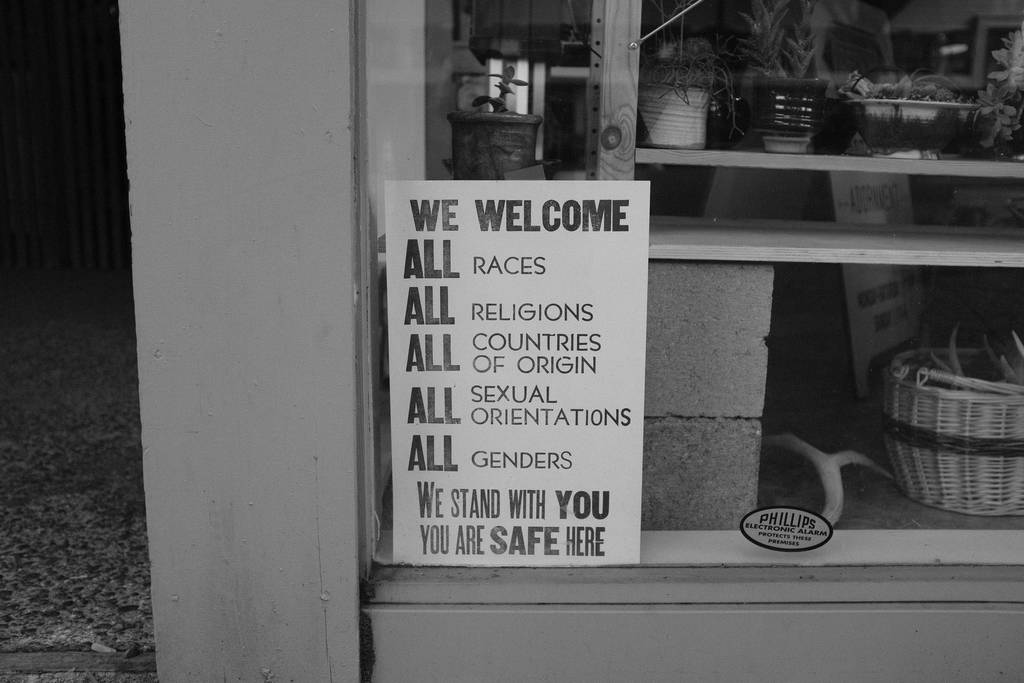This tutorial will help you to install Anaconda for Mac OS.
- How To Update Python Version On Mac Using Terminal
- How To Update Python Mac Terminal
- Mac Update Python From 2 To 3
- Update Python Version On Mac
- Mac Upgrade Python 3
- Upgrade Python Version On Mac
- How To Change Python Version Mac Terminal
Anaconda is both a package manager, python distribution and is incredibly useful for data tasks as it comes bundled with many scientific packages including sci-kit learn, SciPy, Pandas and NumPy.
Additionally it’s the recommended method for installing Jupyter Notebooks.
Installing Anaconda
Personally I prefer to install Python via the graphical interface because it’s a friendly and easy method.
- Python may be installed on your Mac already: you can test this out by opening Terminal and entering python -version. If it's not, you should make your way to the Python website and click the.
- This blog entry shows how to update to python 3 and how to install python modules on Mac. Mac Version 10.8.2 Python Version: 3.4.1. Update to python3.
The official home of the Python Programming Language. While Javascript is not essential for this website, your interaction with the content will be limited.
1. Firstly visit the Anaconda website where you will have the choice to install either Python 2.7 or Python 3. I would recommend downloading the Python 3x. because this will be more supported in the future.
2. After successfully downloading Anaconda, locate it within your download folder and double click on the .pkg file.
3. Click continue.
How To Update Python Version On Mac Using Terminal
4 – You will now start the Anaconda3 installer process, click continue.
5. The installer provides a notification saying that it will update your bash profile and will install Anaconda3 within your PATH. Click continue.
6. Click continue to reveal the License Agreement.
7. Now you will need to read and click Agree for the Anaconda licensing agreement, then click continue.

7. Click on the install button.
8. You will need to enter your password which is the same as your Mac login password. Then click Install Software.
9. Click on Continue.
10. After completing the installation simply click close. Then you can move the Anaconda installer file to the trash bin.

Anaconda Frequently Answered Questions
How To Update Python Mac Terminal
In this article, we will explain “How to Update Python on Mac?”. Updating Python on your MacBook Pro or iMac can be a tedious process. You need knowledge of terminal on macOS which is different from Windows cmd.exe. Here is a detailed article on how to upgrade Python on your mac.
Python is a popular programming language that is widely used by developers. Modern versions of macOS support Python 2.7.x (or Python 2.6.1 in older versions), but many users need to upgrade to Python 3.6 or 3.7.
You may like “macOS Catalina 10.15.5 Installing Problem – Here’s How to Fix It“.
Here are different methods to Update Python on your Mac
One can install Python without using the terminal on MacBook Air or Mac. For this, you need to download the Python installer from the python.org website. Follow the steps below:
- Visit Python.org and download the latest available Python 3 installer file.
- Run the downloaded file and install Python 3.x on your macOS.
- After completing the installation process, Python 3 will be installed.
- You can see the Python3 folder in /Applications on your Mac. You can also see IDLE in the /Applications.
How to Install Python with Homebrew

Mac Update Python From 2 To 3
Before proceeding installation with Homebrew, it should be installed on your MacBook Pro. If you don’t have Homebrew on your system, you can download it from here. This script installs Homebrew to /user/local so that you don’t need “sudo” when you brew install.
Update Python Version On Mac
To install python via HomeBrew, Follow these steps below:
Run the following command in Terminal:
When Python 3 is installed on your Mac, you can start the program with:
How to Know the Installed Version of Python
Open the Terminal on your macOS by typing terminal in Spotlight Search. Then use the following command:
Mac Upgrade Python 3
In most cases, Python 2.7.x will be installed on macOS. After installing Python update, you can check the version with the following command:
Upgrade Python Version On Mac
Note: Just a reminder, you don’t need to remove Python 2.x or update it from 2.x to 3 in your macOS. You just install the updated version, both versions of Python can coexist without any error. These are the most simple techniques to “How to Update Python on Mac?”.